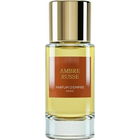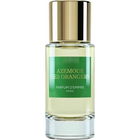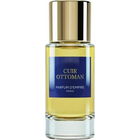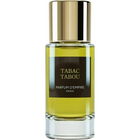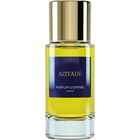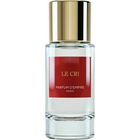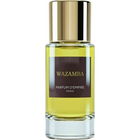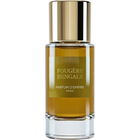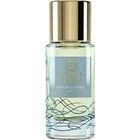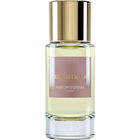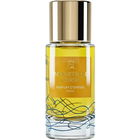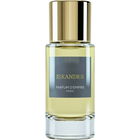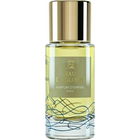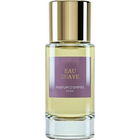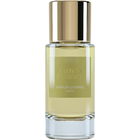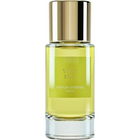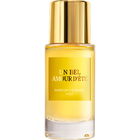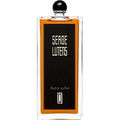
Blasius
10 Reviews

Blasius
6
Élégance marginale
This isn’t a fragrance meant to seduce. It doesn’t try to shine. It’s for those who know what it feels like to be pushed aside. Mal-Aimé wears its name like a scar. A green, bitter, scratchy truth. The scent of rejection, of mud on your shoes, of wild plants crushed without a second glance.
From the start, it bites. A sharp, piercing green — almost medicinal. You get dandelion, thistle, nettle — the kind of herbs no one puts in a bouquet. It’s fresh, raw, unapologetic, like wind sweeping across an abandoned field. Wild carrot brings a dusty, rooty dryness, while chamomile softens things just enough, like a quiet hand on your shoulder.
Then it shifts. The scent digs down into the earth. Hay and moss rise slowly, as if the countryside is reclaiming its place. It stays dry, a little scratchy, but now the heartbeat slows down. Less rage, more acceptance. And something elegant sneaks in: cistus, warm, faintly animalic, giving the rough edges a quiet dignity.
It lasts well, but never shouts. It fades slowly, like a memory you stop telling but never forget. A loyal, discreet, persistent presence.
Mal-Aimé is for those who find beauty in silence, in weeds, in off-road paths. A perfume for the overlooked, the ones who never got picked. And for those who one day realized that their strength was exactly that: being different.
From the start, it bites. A sharp, piercing green — almost medicinal. You get dandelion, thistle, nettle — the kind of herbs no one puts in a bouquet. It’s fresh, raw, unapologetic, like wind sweeping across an abandoned field. Wild carrot brings a dusty, rooty dryness, while chamomile softens things just enough, like a quiet hand on your shoulder.
Then it shifts. The scent digs down into the earth. Hay and moss rise slowly, as if the countryside is reclaiming its place. It stays dry, a little scratchy, but now the heartbeat slows down. Less rage, more acceptance. And something elegant sneaks in: cistus, warm, faintly animalic, giving the rough edges a quiet dignity.
It lasts well, but never shouts. It fades slowly, like a memory you stop telling but never forget. A loyal, discreet, persistent presence.
Mal-Aimé is for those who find beauty in silence, in weeds, in off-road paths. A perfume for the overlooked, the ones who never got picked. And for those who one day realized that their strength was exactly that: being different.
2 Comments





 Top Notes
Top Notes  Blackberry bramble
Blackberry bramble Heart Notes
Heart Notes  Nettle absolute
Nettle absolute Thistle
Thistle Base Notes
Base Notes  Orris root
Orris root













 Kurai
Kurai BertolucciK
BertolucciK Metaphysical
Metaphysical Sleepychypre
Sleepychypre AquaAlba
AquaAlba bleuparfaits
bleuparfaits Eastasiak
Eastasiak BamBamNYC
BamBamNYC DressUpWitch
DressUpWitch Holscentbar
Holscentbar